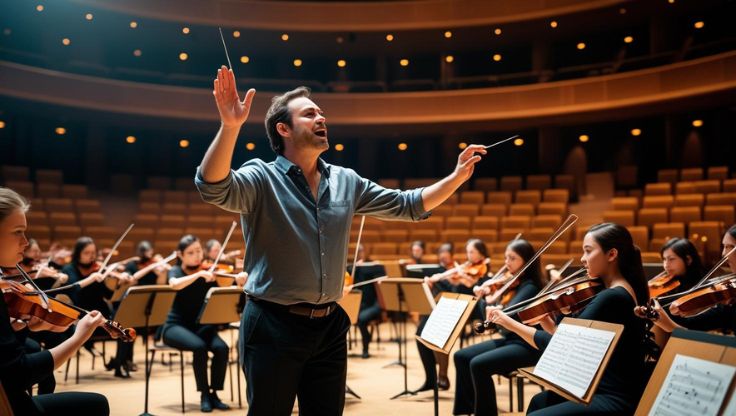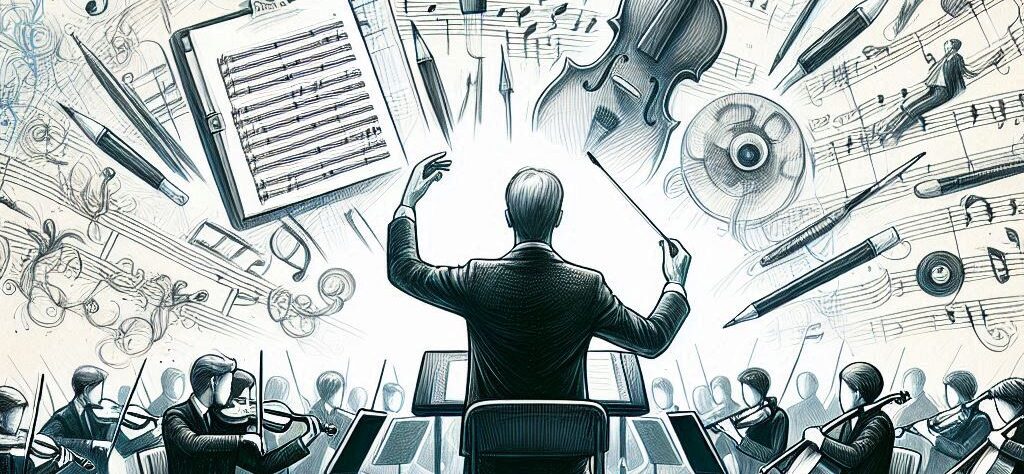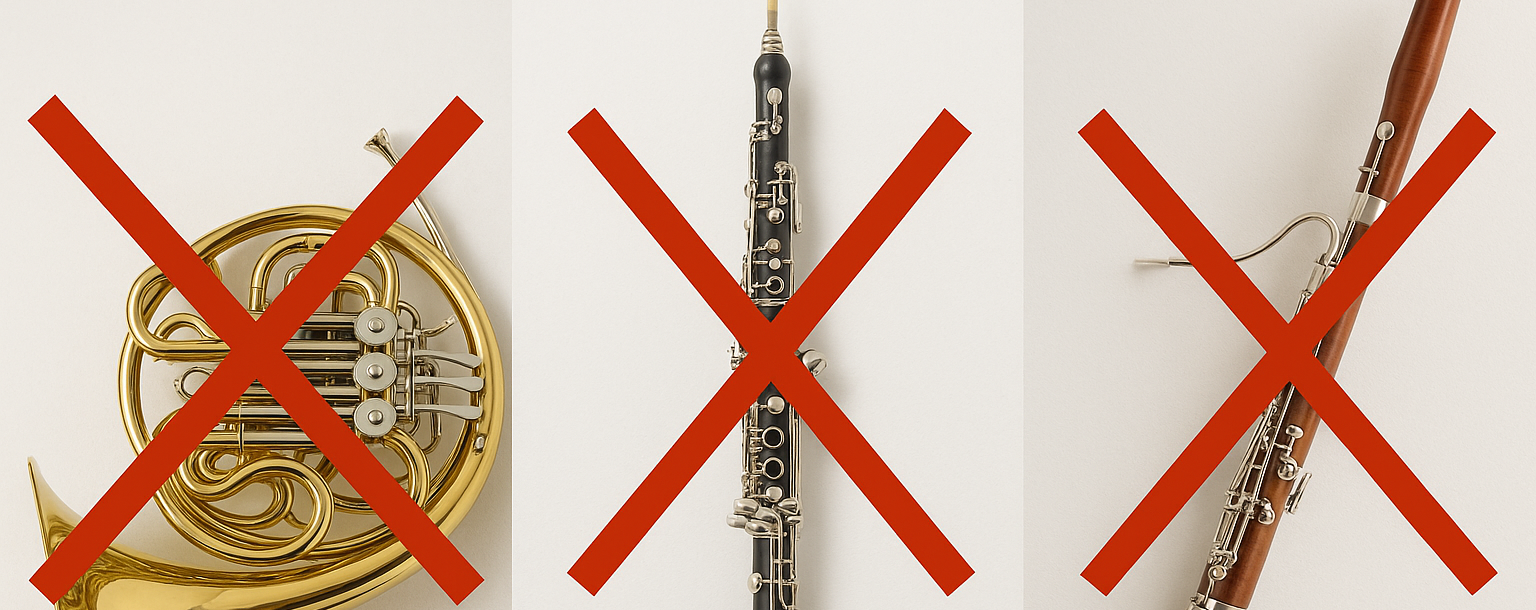Conductors often sit in the shadows of the bright lights, yet they hold the heartbeat of the orchestra in their hands. Their dynamic presence is steeped in tradition, weaving a tapestry of sound that tells stories without words. To understand a day in their life, it’s essential to appreciate the evolution of their role, rooted in historical grandeur—where once, mere time-keepers now inspire, lead, and interpret deep musical narratives.
At its core, a conductor is a master communicator, armed with the baton as their primary tool. But this role isn’t just waving a stick in rhythm. It’s about understanding the musical score on an intimate level, crafting interpretations that give life and color to black and white notes. This understanding shapes every decision, from tempo to dynamics, resonating through every performance.
A conductor’s day demands meticulous planning, marrying creativity with rigorous discipline. Their influence extends beyond the orchestra pit, requiring engagements and coordination with various stakeholders who bring the performance to life. It’s like being the director of a film, ensuring each piece fits perfectly into a cohesive vision.
Stepping into their shoes even for a moment reveals the vibrant tapestry of their professional life, where passion intersects with immense responsibility. As the baton rises, a day unfolds, rich with artistry and dedication—a symphonic journey through a profession like no other.
Morning Preparation: Crafting a Symphony of Excellence
Mornings for a conductor are like setting the stage before the grand show begins. It’s about diving into the musical scores, each note telling its own little secret. This isn’t just reading; it’s a fascinating dialogue with the composer, understanding their intentions, and adding a personal touch.
Rehearsals don’t spring to life without careful choreography. Conductors spend this time fine-tuning their plans, communicating effectively with the musicians, and facilitating those vital first interactions. It’s a dance of collaboration, where inspiring leadership sets the tone for the day. The aim? Seamless synergy among all performers.
Creativity isn’t on a tight schedule, yet, it’s balanced with a structured agenda. Preparing mentally and emotionally is crucial because any mood change can ripple through the orchestra. Conductors must gauge the orchestra’s energy, assess what’s needed, and adapt their approach to maximize harmony and cohesion.
Already, you see that mornings aren’t mundane. They’re filled with possibilities and potential for bringing music to vibrant life. Conductors lead their teams like captains of a ship, steering everyone towards a cohesive vision for the day’s performance journey.
Afternoon Rehearsals: Bringing Harmony to Life
Afternoons kick off with rehearsals, the bustling heart of a conductor’s day. This is where theory meets practice, turning those morning insights into shared musical language with the orchestra. It’s all about fostering that spirit of togetherness, merging individual talents into a unified, harmonious sound.

Setting the tone involves more than just following the score; it includes motivational talks, private notes to musicians, and actively listening to their feedback. Conductors use these sessions to refine interpretations, addressing and tweaking nuances that can transform the music entirely. This iterative process is like sculpting, where every rehearsal chips away at imperfection, revealing the masterpiece.
Challenges often arise—missed cues, technical difficulties, artistic disagreements. The key is in managing these dynamics smartly, encouraging open dialogue and maintaining a positive atmosphere. Adaptability becomes a conductor’s best ally when surprise elements pop up midsession.
Rehearsals demand mental agility and emotional intelligence. They’re a dance of timing, precision, and patience. Conductors rely on intuition as much as skill to guide musicians through complexities, ensuring everyone is on the same page and moving toward a common goal. This collaborative alchemy is what makes the music come alive, preparing both conductor and orchestra for the magic of performance.
Evening Performances: The Grand Finale
As evening descends, the conductor takes center stage, ready to transform preparation into a transformative experience for the audience. This moment is where the day’s work truly shines, enveloping everyone in the symphonic magic. The anticipation builds with the audience, as expectations match the conductor’s own eagerness to lead.
Conducting a live performance isn’t a routine task—it’s a culmination of dedication and artistry. The conductor navigates through the emotional landscape of the music, crafting a dialogue with the audience, inviting them into the narrative. The baton becomes an extension of their will, directing the music that resonates through the concert hall.
Handling the spotlight requires more than technical skill. It’s about embodying the music, conveying its essence, and sparking a genuine emotional connection. The challenge lies in transforming adrenaline into focused intensity, ensuring precision and expressing profound interpretive insight.
Once the last note fades, a moment of reflection arrives. The audience applause signifies much more than appreciation; it’s an acknowledgment of a shared journey. Conductors often take this time to note personal achievements and challenges during the performance, using this insight to refine their craft further.
Performances are the lifeblood of a conductor’s career, providing a platform to express creativity and connect on a grand scale. The cycle of preparation, practice, and execution begins anew, each performance adding richness to a conductor’s repertoire and continuing their lifelong pursuit of musical excellence.





